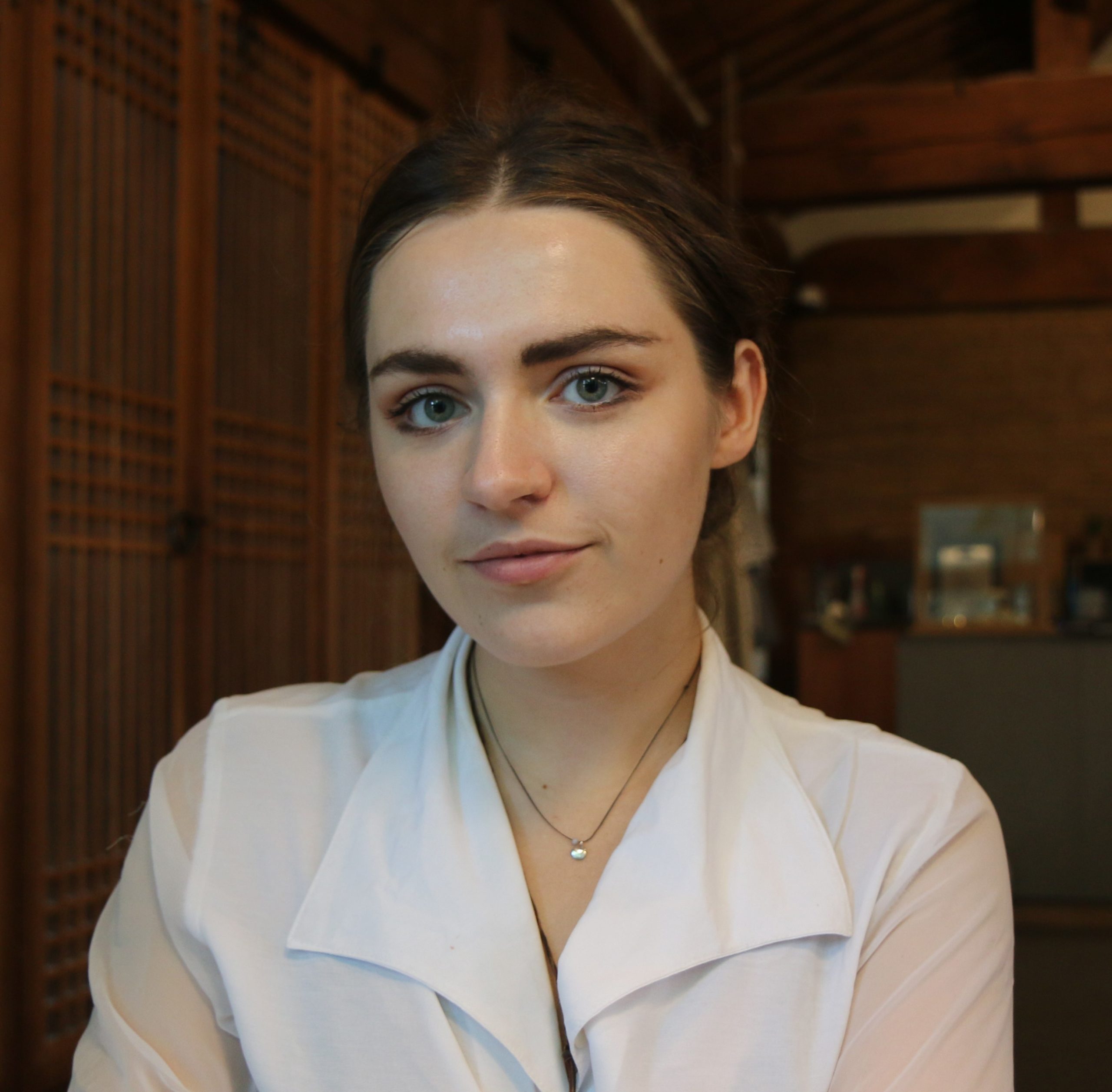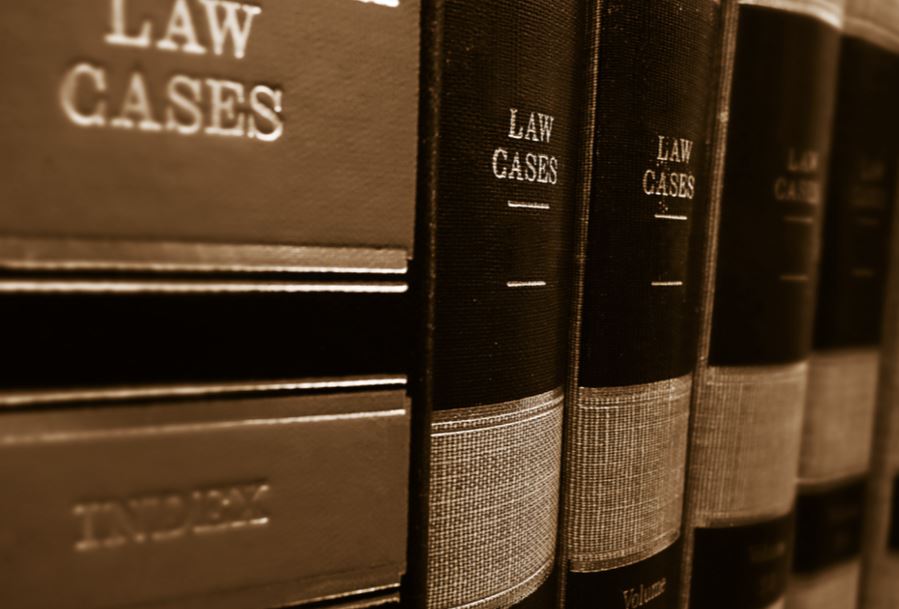Barrett v Sandwell and West Birmingham Hospitals NHS Trust [2015] EWHC 2627 (QB) concerns alleged medical negligence by the NHS which resulted in a patient’s loss of eyesight. The main issues were whether the decision to treat the diabetes-related eye condition medically rather than surgically was acceptable medical practice, whether the failure to advise on an alternative surgical procedure was negligent, and whether the delay in operating on the left eye of the patient had contributed to the loss of vision in his right eye.
Facts
Mr Barrett had an eye condition derived from diabetes and, in 2008, he had surgery on his right eye performed by surgeon 1 (S1). Ten days after the surgery on his right eye, he began experiencing difficulties with his left eye and was seen by a new (emergency) surgeon (S2), as S1 was out of town.
S2 made the emergency decision to treat his left eye medically (with drugs) rather than with surgery. A few days later, S1 returned, and told Mr Barrett that he would have operated (on his left eye) within 24 hours of medical treatment if the pressure had not alleviated. S1 actually did then perform surgery on Mr Barrett’s left eye, but it did not improve.
The next year, in 2009, Mr Barrett developed even further problems with his right eye but a (new) specialist decided not to operate. By 2013 Mr Barrett has lost 90% of his vision.
In 2015, Mr Barrett pursued a claim against the NHS for damages on the grounds of medical negligence.
Mr Barrett’s argument
- S2 was negligent in failing to opt for surgery within 24 hours as S1 had indicated he would have chosen to do.
- S2 was further negligent as they had failed to give appropriate information on alternative treatments.
- That if his left eye had been treated effectively, there would have been earlier treatment and surgery on his right eye so that he would have suffered less loss of vision.
The defendant’s counter argument
- S2 appropriately dealt with Mr Barrett’s condition medically rather than surgically. Operating within 25 hours was not a mandatory requirement.
- Although it was regrettable that S2 did not disclose the alternative options for surgery to Mr Barrett, it was reasonable in the circumstances.
- The choice to treat Mr Barrett medically did not cause the loss of vision. Mr Barrett’s loss of vision was caused by the effects of his diabetic eye disease, which would have caused loss of vision regardless of the medical treatment.
Difference in medical opinion:
Should S2 have operated immediately OR was the provided medical treatment appropriate?
Medical evidence (in the form of written opinions from doctors with experience in the relevant field) is incredibly important in medical negligence cases like this one. Conflicting medical reports (in that the experts disagree) pose difficulties to courts where the experts are well-rounded, accomplished medical professionals. Ultimately, it is at the court’s discretion to decide which expert medical opinion they choose to follow.
In Mr Barrett’s case there were conflicting medical reports.
The main areas of disagreement were around the failure to operate within 24 hours, and S2’s choice to treat Mr Barrett medically, and whether this subsequently contributed to the loss of vision in his right eye.
Mr McHugh, an expert witness for Mr Barrett, and Mr Snead, the expert witness for the NHS, disagreed on the medical consequences of Mr Barrett’s treatment. Mr Snead believed that Mr Barrett’s diabetes would have caused the loss of vision in his right eye anyway, regardless of any treatment from S2, and that the choice to treat Mr Barrett medically was an accepted medical practice considering the risks that were present at the time.
The court’s judgment
In order to determine whether S2 had fallen below that standard of care required by a doctor, the court used the Bolam test (Bolam v Friern Hospital Management Committee [1957]) which states that the standard of care owed to a patient is that of a reasonably competent doctor in that particular field. This takes into account what is deemed as ‘common practice’.
The court preferred the evidence of Mr Snead over that of Mr McHugh. Mr Snead concluded that treating Mr Barrett’s condition medically was not negligent because both the surgical and medical treatments involved risks. Further, it was reasonable to regard the risks of surgery as outweighing the risks of medical treatment even if a body of ophthalmological opinion may have taken a different view. The reasons given for preferring Mr Snead’s statement were due to Mr Snead’s comprehensive background and the impressive and relevant literature he used to support his opinion.
The court stated that they were “satisfied that this was a logical and justifiable clinical judgment”. In accepting Mr Snead’s evidence, they found that S2 had not breached his duty of care because his actions were in line with a reasonable body of medical opinion, therefore satisfying the Bolam test.
Mr Snead’s report also stated that the loss of vision in Mr Barrett’s right eye was caused predominantly by his diabetic condition, not his treatment. The court accepted this and found that Mr Barrett had failed to establish that the alleged negligent delay in eye surgery made a material contribution to the loss of vision in his left eye. Therefore, he could not claim for this damage. This meant that the court found that there was no causation between any negligent conduct and the loss of sight.
Was the failure to advise on alternative procedures negligent?
S2 (who had treated Mr Barrett’s left eye with drugs only) accepted that he had not offered Mr Barrett the alternative option of surgery.
The recent case of Montgomery v Lanarkshire Health Board [2015] emphasised that doctors have a duty to disclose all of the available alternative procedures and treatments to the patient.
However, even if a doctor doesn’t carry out this duty correctly and breaches their duty – the claimant must still provide evidence that they would have definitely chosen the option that they were not given or at least taken some time to think about it.
Strangely Mr Barrett actually said in court, in response to questions from the NHS‘s barrister, that he would have followed the advice he was given by S2 even if he had been told about the alternatives anyway(!).
As such the court held that the surgeon’s breach of duty, in failing to advise Mr Barrett of the option of surgery, had not caused any loss or damage as there was no causation.
Simply put, no causation means that there is no link between S2’s lack of action and the damage suffered by Mr Barrett.
Conclusion
Medical evidence is very important in these cases.
This case highlights the paramount importance of medical evidence in cases of clinical negligence, illustrating that if a court is convinced that the accused doctor has acted in accordance with medical practices which other reasonable practitioners would have followed, they will not have breached their duty, and therefore will not be deemed as having acted negligently.
The conflicting medical evidence in this case proves the paramount importance of persuading the court that the doctor in question has acted in accordance with a standard practice, that can be reaffirmed by reasonable body of other medical professionals in that field. If this can be shown, then the doctor will not have acted negligently.
This was emphasised in the judgment, where the court referenced relevant case law principles:
“As Lord Scarman put it in Sidaway v Governors of Bethlem Royal Hospital [1985] AC 871 at 881F, ‘A doctor is not negligent if he acts in accordance with a practice accepted at the time as proper by a responsible body of medical opinion even though other doctors adopt a different practice’
Even though Mr McHugh demonstrated that he, and other medical professionals, would have adopted a different approach, the court accepted Mr Snead’s evidence that S2 had acted in accordance with accepted medical practice. By accepting this evidence, the court ruled S2 had not breached his duty of care, regardless of Mr McHugh’s different opinion. Therefore, he was not deemed negligent as his actions were deemed as ‘proper’ by a reasonable body of medical opinion, satisfying the precedent above.
Causation – A causal ‘link’ between the negligence and damage is required
Negligent conduct by a doctor is not enough to win a claim. The negligence must also have caused the damage/loss which is being claimed for. In this case, although the court acknowledged that S2 had neglected to inform Mr Barrett of alternative treatment, this had not actually caused the damage Mr Barrett suffered, as he would have followed the medical advice given regardless. Also, the subsequent blindness was not caused by the choice-specific treatment provided but was rather caused by Mr Barrett’s diabetic eye disease. It is an essential requirement to establish a causal link between the negligence and damage suffered, otherwise a claim for clinical negligence will resultingly fail.
Further Reading
From one of the UK’s most read legal blogs.








